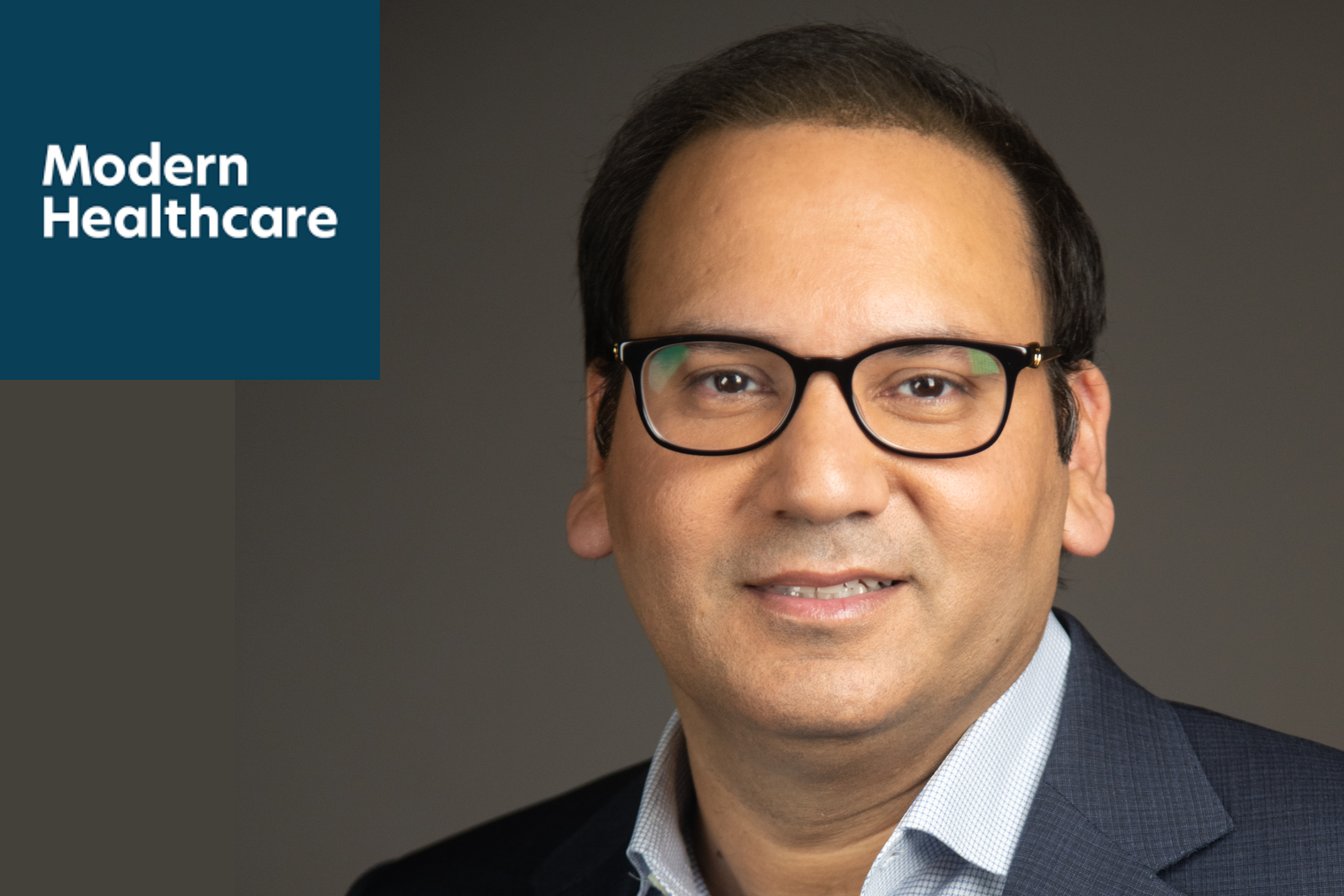Modern Healthcare: Helping physician practices remain independent amid waves of consolidation

Dhruv Chopra formed Collaborative Imaging in 2018 to support independent radiology practices. Collaborative Imaging is a physician-owned alliance of independent private radiology practices with the common goal of providing best in class patient care using the right mix of technology, innovative processes, and a business model with the agility to adapt in a rapidly changing industry.
Chopra sat down with Modern Healthcare o discuss what’s leading independent practices to be acquired and the key tactics they can put in place to remain financially independent and successful.
What are the major challenges plaguing independent practices right now, such as radiology, that is leading them to be acquired by larger companies?
DC: The first, and biggest challenge facing radiology groups is nighttime coverage. Before, every group would provide nighttime service, which essentially means 24/7 coverage. But now, physicians generally do not want to cover nights. So, what we’ve seen is a tremendous outsourcing of nighttime coverage. And economically, it doesn’t make sense because what they’re charging is more than what the group is getting reimbursed from insurance carriers.
The second is recruiting and retaining radiologists. The market is changing and causing friction. Many physicians want to work from home; others want to work their own hours; some are less interested in partnerships. As a result, recruiting is extremely challenging for independent radiology groups. Compounding the issue is competing against groups owned by private equity who can offer higher incomes.
The third challenge is in terms of reimbursement, profitability and take-home pay. Reimbursement continues to go down as it relates to what insurance groups are paying and bad debt continues to go up. If you look at deductibles, they continue to increase, which means patient responsibility is higher. But amongst all of that, groups expenses are increasing as well. They’re having to pay more to recruit and operate their business. That’s a big pressure point for physician groups.
What key practices can physician practices implement that will help them stay independent?
DC: There are three things that they need to focus on. Number one is technology. Where there’s inefficiency, there is an opportunity for technology to come in. Identify the inefficiencies in your organization and identify what technology solutions might exist to facilitate or eliminate that inefficiency. Number two is identifying opportunities to reduce costs and improve revenue collections. The world has changed. Billing companies have to make sure every single last penny is being collected. And if it’s not collected, then need to explain why it is not being collected and what the practice needs to do to help collect that money. If that means that they put more effort to collect at the time of service, they should do that. They should come up with creative payment plans for patients to pay their bills. Number three is practices need to create sensible partnership models. The existing models that they have in groups today are failing. It’s the reality of the situation where if a physician can get more reimbursement sooner, as opposed to this long partnership track, they’re going to gravitate towards that.
What technology solutions can practices deploy to improve efficiencies and achieve cost savings?
DC: Any group that reads for multiple locations and doesn’t have a universal worklist should seriously look into getting one. It’s amazing to me how many groups out there today are still using disparate systems for each hospital. And what that does is leave the radiologist swiveling in their chair. The inefficiency it causes is unbelievable. In every group that we’ve introduced our universal worklist, productivity by the radiologist goes up by about 30%. They’re not working harder; they’re working smarter. And physicians are retiring faster. The only way you can keep up with that is to become more efficient. Consolidate all your sites into one worklist.
What best practices would you recommend for independent practices to successfully communicate with referring physicians?
DC: Most referring physicians today prefer notifications to be sent to them via secure text as opposed to phone calls, but there are criteria within that. You have to know that the referring physician got the message, viewed the images and viewed the report. And then, setting expectations and meeting those expectations is so important. If you’ve recommended something as the radiologist, you would expect to see that recommendation adhered to and you’d expect to see a study follow-up. If it didn’t happen, we should be following up with the referring physician. The radiologists need to be more involved.